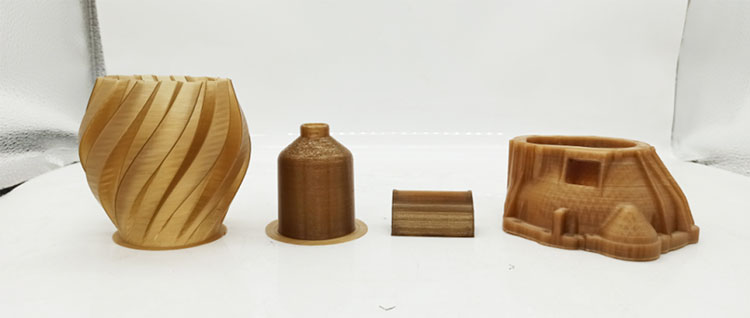What is the difference between PEEK and PEKK? Both are semi-crystalline thermoplastics, but their degree of crystallinity highly depends on the way they are processed.
Some of the polymers that belong to the PAEK family (polyaryletherketones), have shown to be 3D printable with FFF (Fused Filament Fabrication) technology. The most popular are PEEK and PEKK (Polyetherketoneketone), because they both show extraordinary properties in terms of mechanical, thermal, and chemical resistance.

The shrinking effect in PEKK, despite being a member of the same family of polymers, is only 0.01% because the material is more amorphous and easier to print. However, the PEEK or PEKK manufacturing conditions might affect the crystallinity and consequently the characteristics of the resulting parts. In comparison to amorphous materials like 3D printed PEKK, more crystalline materials, like PEEK, typically have higher mechanical, chemical, and thermal properties. Moreover, PEEK’s extremely strong chemical resistance has helped it get NORSOK M-710 certification for the oil and gas sector. PEEK has a continuous use temperature (CUT) of 260°C due to its crystallinity, but the amorphous 3D printed PEKK only reaches a CUT of 150°C when left untreated.
Even though printing PEEK is typically thought to be challenging, Roboze Argo manufacturing methods make it simple. Argo printers effectively manage PEEK’s shrinkage, ensuring a positioning precision of 10 m. They are equipped with a heated chamber that ensures a homogenous thermal flow and an HVP extruder that is responsible for depositing such viscous filament. The best material quality in terms of mechanical, chemical, and thermal properties is ensured by the high degree of crystallinity of PEEK obtained with Argo printers.
Both PEEK and PEKK have advantages and disadvantages, thus the user and the application must decide which should be employed.
